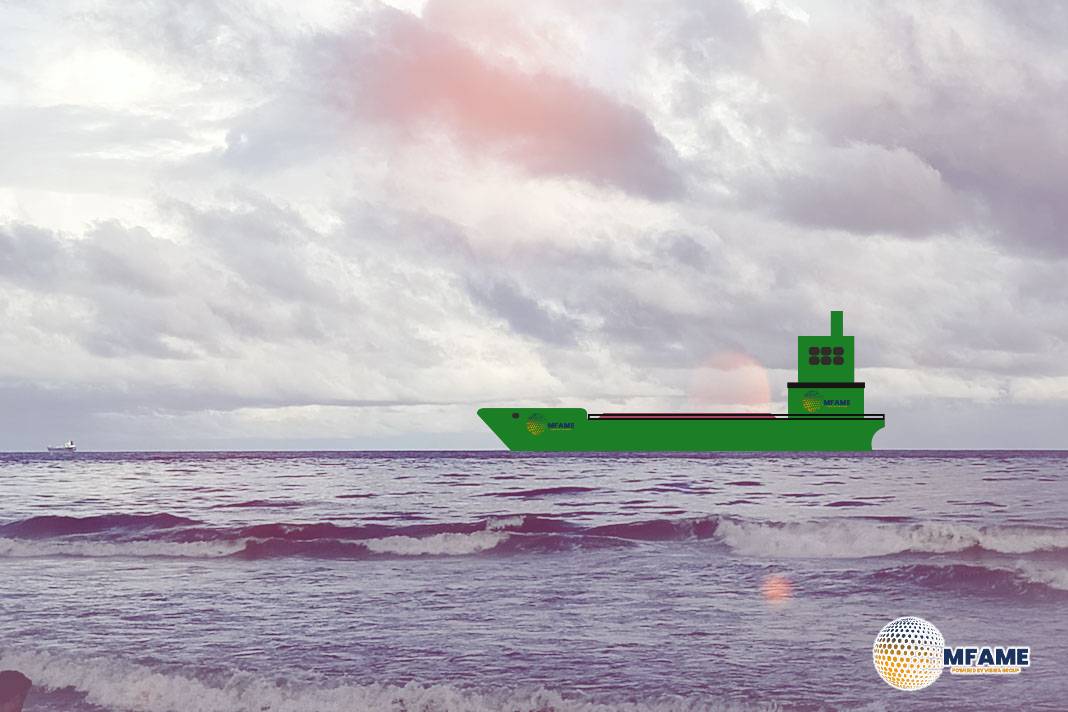- US-China Port Fee Dispute Adds New Market Risks.
- COSCO Faces Heavy Financial Impact from Washington’s Tariffs.
- Beijing Vows Retaliation Against Discriminatory Measures.
Geopolitical changes are shaking up shipping routes, with new port fees in the US, the resilience of Russian crude, and Asia’s evolving import patterns all playing a role in how tankers are deployed, according to Xclusiv Shipbrokers, reports Safety4Sea.
Washington Sets Its Sights on Chinese Shipping
Starting October 14, the US is set to introduce hefty port fees for ships linked to China. For Chinese-owned vessels, the fee will be $80 per net ton per voyage, while non-Chinese operators of Chinese-built ships will face a fee of $23 per net ton or $154 per TEU, with a limit of five calls each year.
Alphaliner has estimated that COSCO and its OOCL fleet could be looking at annual costs soaring up to $1.53 billion, which is nearly half of the $3.2 billion projected for the top ten carriers.
China Vows to Respond
In response, China is already taking action, with Premier Li Qiang signing a decree that promises countermeasures against any unfair treatment of Chinese ships or crews. Analysts suggest that the rollout on October 14 might be postponed or even cancelled, but the uncertainty has already thrown a wrench into fleet deployment plans.
Russian Exports Remain Robust
Despite sanctions and drone attacks, Russia ramped up its seaborne crude exports to 3.88 million barrels per day in September, marking the highest level since April 2024. India’s imports surged to 1.73 million b/d, a nearly 30% increase from the previous month, while China saw a 12% drop to 1.12 million b/d.
Moscow Struggles with Refining Capacity
Drone strikes have knocked out 1.9 million b/d of refining capacity, leading to a 15% drop in product exports and causing fuel shortages domestically. However, the discounts on Urals crude have narrowed to about $11.50 per barrel compared to Dated Brent, indicating that buyers are still keen on securing Russian oil despite the challenges.
In the face of regional uncertainty, Asian refiners are shaking things up. Thailand and Japan are ramping up their imports of US crude, seizing the opportunity presented by the lower prices of WTI Midland and West Texas Light.
Thailand Establishes a ‘War Room’
Thailand’s PTT has set up a War Room to oversee this diversification effort. In August, US crude imports soared to 147,000 barrels per day, marking a 45% increase compared to last year, and accounting for 16% of Thailand’s total intake from January to August.
Japan Joins the Trend with Record Imports
Japan is also stepping up its game, increasing US crude imports to 85,000 barrels per day, a 43% rise from the previous year. This shift comes as the Brent-Dubai spread turned negative, making crudes from the Atlantic Basin more appealing.
Trade Agreements Fuel Energy Movement
But it’s not just about the numbers; Bangkok’s record US purchases have also led to significant tariff reductions, dropping from 36% to 19%. Meanwhile, Tokyo is using its increased import volumes as leverage in trade talks with Washington.
Tanker Routes Realign
“The uncertainty surrounding US-China port fees, the fragility of Russian product exports, and Asia’s evolving crude diet all underline the same theme: geopolitical and trade manoeuvring are increasingly dictating tanker employment and shaping S&P sentiment,” Xclusiv Shipbrokers concluded.
Did you subscribe to our daily Newsletter?
It’s Free Click here to Subscribe!
Source: Safety4Sea
















